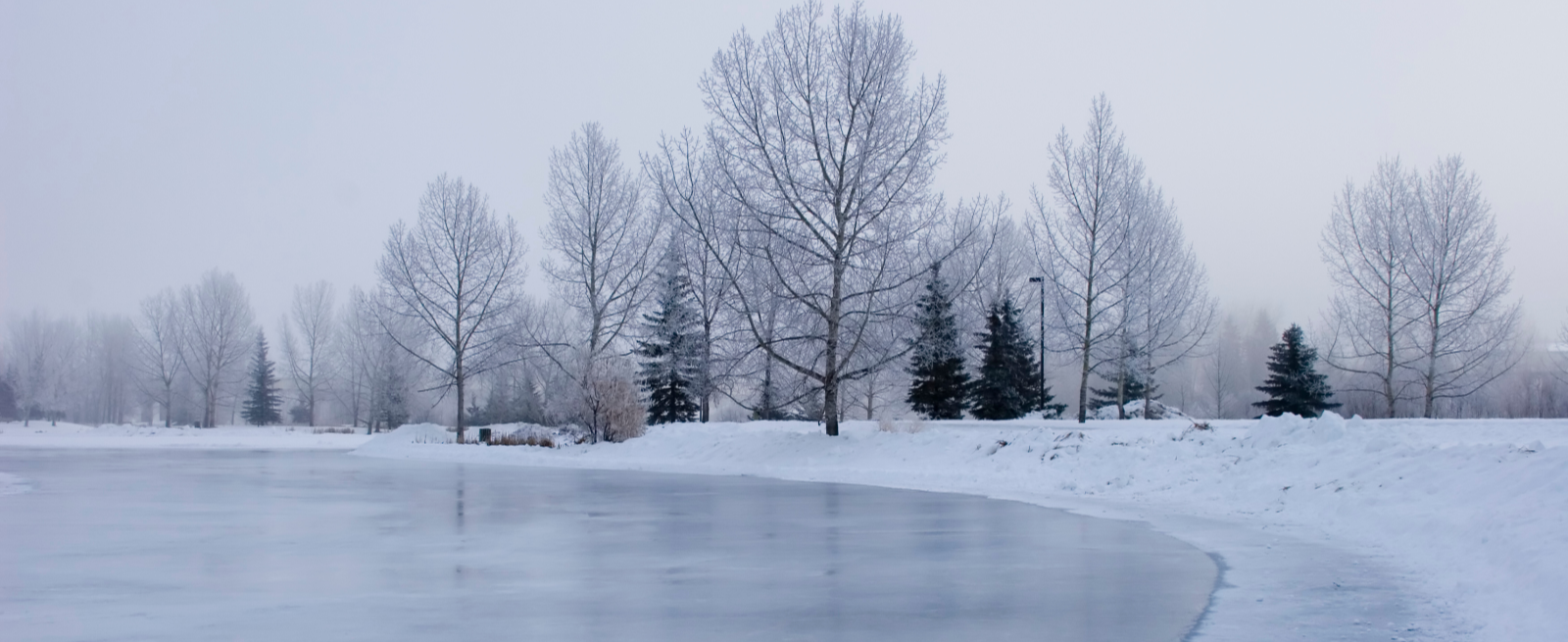
MEDIA RELEASE
FOR IMMEDIATE RELEASE
February 8, 2024
Smiths Falls Fire Department urges citizens to stay off the ice, warns of unstable ice conditions
Smiths Falls, ON – The Smiths Falls Fire Department is issuing a warning concerning ice conditions in the Smiths Falls area and advising citizens to please stay off or exercise caution before venturing out.
This warning comes following a recent emergency response involving children on the ice near open water. Due to warmer temperatures stable ice has not formed, and as snow melts this can also create faster moving water which can further degrade ice thickness.
The Smiths Falls Fire Department recommends citizens complete a full inspection of the ice before venturing out. A full inspection would include a visual inspection, noting its colour, and measuring the thickness of the ice.
“It’s important to follow these three steps before stepping foot on the ice….do not trust that the ice is safe,” said Smiths Falls Fire Chief, Rick Chesebrough.
Visual Inspection
The first step in inspecting the ice is conducting a visual inspection. During a visual inspection, do not venture onto the ice if there are any signs of weakness, such as:
- Cracks, breaks, or holes in the ice
- Water on top of the ice
- Water flowing on the ice
- Ice that’s soft and slushy
- Flowing springs in spring-fed ponds or lakes
- Ice that appears to have thawed and refrozen
- Snow on the ice as snow acts as an insulator and can warm the ice below
Evaluating Colour of the Ice
The next step in evaluating ice conditions is evaluating the colour of the ice. There are three different colours of ice which reveal important information about ice conditions. Dull grey ice indicates unsafe ice. White or opaque ice or snow ice can be very dangerous and is often overlooked as a potential risk for safety.
The safest ice is blue ice. The colour of the ice deepens with increasing thickness and this colour of ice only forms when the temperature drops below -8 degrees Celsius.
Measuring Ice Thickness
The final step in evaluating ice conditions is to measure the thickness of the ice. Do not test the ice alone, always ensure you are using the buddy system for maximum safety.
Chip at the ice with an axe or hatchet to create a small hole (you can also use an ice auger or spud bar) then measure the thickness of the ice in different locations.
Canadian Red Cross recommendations for minimum ice thicknesses are as follows:
- Single person: 15 centimetres (six inches)
- Group of people: 20 centimetres (eight inches)
- Sled or snowmobile: 25 centimetres (10 inches)
- Automobile: 30 centimetres (12 inches)
Other safety protocols include not venturing out on the ice at night, telling someone where you are going and what time you expect to return, wearing appropriate clothing, and bringing equipment for safety and comfort.
-30-
Media Contact
Communications and Marketing Coordinator
77 Beckwith Street N, Box 695
Smiths Falls, ON K7A 2B8
613-283-4124 ext. 1137
Communications@smithsfalls.ca
Contact Us
 Subscribe to this page
Subscribe to this page






